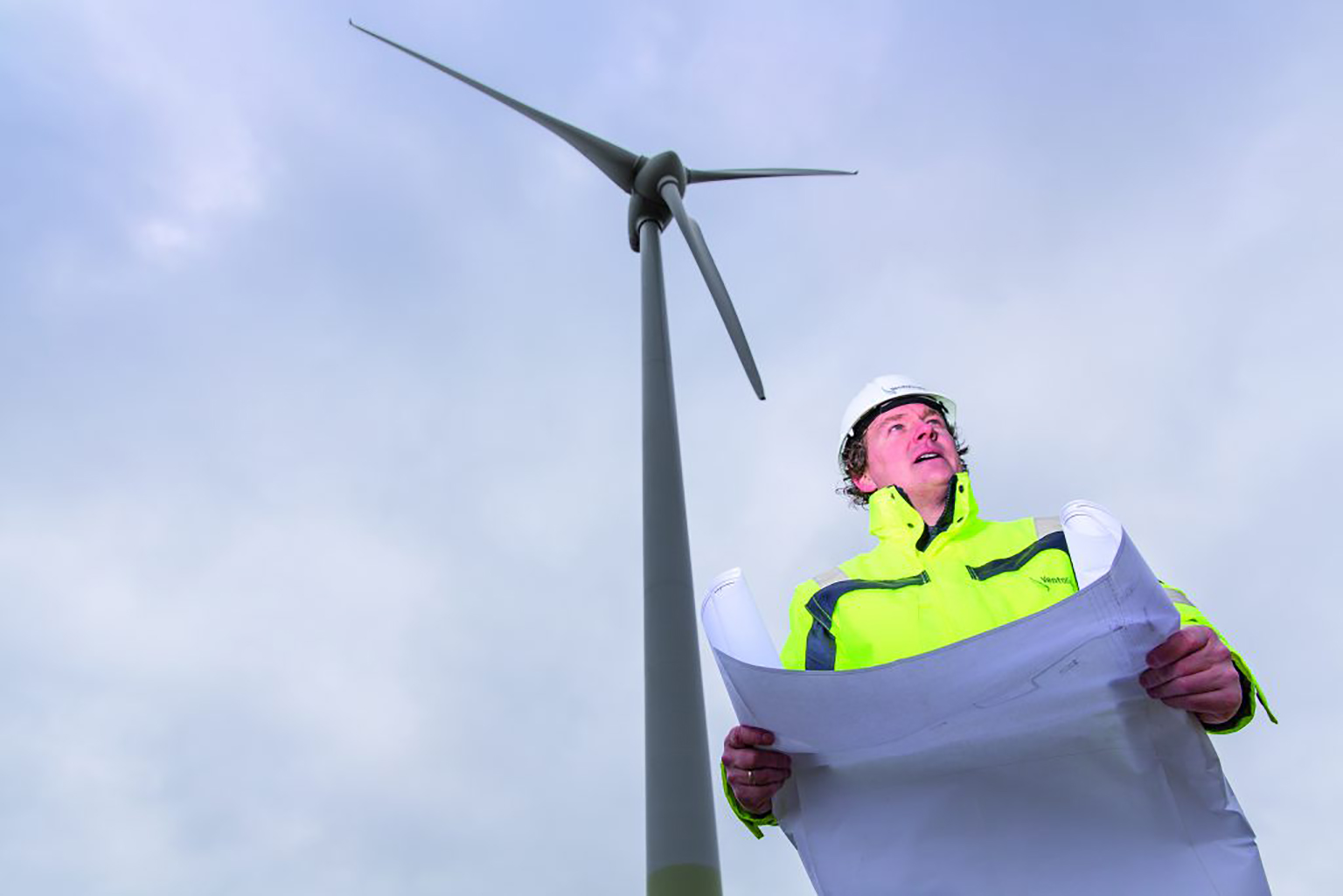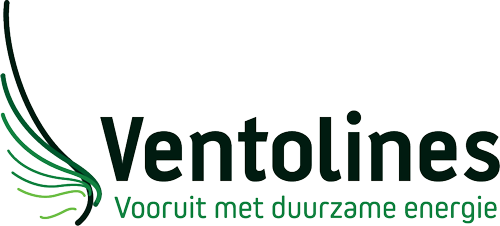Renewable energy on a farmer’s land – “That calls for cooperation”

For the summer newsletter of Nieuwe Oogst journalist Brenda van Olphen talked to Allard van der Steege, Director Development of Ventolines, about sustainable energy projects of farmers.
ALMERE – Wind and solar energy are the future, even for a farmer on the land. That is the opinion of Development Director Allard van der Steege of Ventolines from Almere. He increasingly receives requests from farmers to help them develop energy projects. ‘It is a sustainable, alternative source of income for the sector.’
‘Many farmers have the dream of using renewable energy to strengthen their businesses’, says Allard van der Steege. The Netherlands has set itself the goal of becoming less dependent on fossil fuels and limiting climate change. By 2050 the energy supply in the Netherlands must be almost completely sustainable and CO2 neutral. ‘The agricultural sector can make a very important contribution to that transition.’
On behalf of the farmer
Ventolines works on behalf of clients, often including farmers. The expertise of the service provider can be hired without becoming part of the wind, solar or storage project. Ventolines helps farmers with projects of which the farmer himself becomes the owner. ‘We often feel like owners. That may be because many enthusiastic and enterprising people work at Ventolines. And our projects are often long-term and intensive’.
Integrated approach
When asked why clients choose Ventolines, Allard explains: ‘Ventolines already has a lot of experience in the sector and successfully realised several large-scale, sustainable energy projects. Ventolines oversees projects from A to Z, because we have experts for each phase. This enables us to approach projects integrally. In the development phase, for example, we already take into account the construction phase when making decisions. We ensure that farmers are optimally informed all phases. In this way, parties can make good decisions on the project. In doing so, to take a broader view and seize opportunities. A wind project, for example, can sometimes be combined with other possibilities such as solar energy or power storage.
Cooperative working
In the past, a farmer bought one wind turbine, installed it on land and that was it. Later, wind farms consisting of three to five wind turbines followed. Nowadays, wind farms consisting of up to fifty turbines are being developed. This makes the agricultural sector extremely important for the transition to sustainable energy. Projects have become a lot more complicated because of the size. ‘You can’t do it alone,’ explains Allard. ‘We have to work together to be able to realise sustainable energy projects, for example in cooperatives. Fortunately, farmers are used to working cooperatively. On the other hand, they are also self-employed. It’s important that we don’t lose sight of that.’
Together with the surrounding area
Local agricultural and horticultural organisations, the surrounding area, public authorities, grid operators, energy suppliers and local businesses all have a voice when installing wind turbines on a farmer’s site. Public acceptance is required. ’The interests of these parties are taken into account in the plan,’ says Allard. ‘This is also necessary because we are striving to develop, build and manage sustainable energy facilities that offer opportunities for all those involved. And it’s also in the farmer’s interest to work together with the direct surrounding area to remain good neighbours! Moreover, the government expects cooperation. This is even incorporated in the Environment Act.’
Be sharp!
The decreasing level of subsidies does make the challenge ever greater. ‘You therefore have to be sharp by optimising. The project must be well put together. We are keen on the design for which we apply for permits and on the purchase of materials. The sale of green electricity must also be taken into account. We extract what’s in it so that we can make every energy project a success. We do this by working well together, using our expertise, coming up with inventive solutions and always looking ahead. That’s not easy, but it’s what we go for.’
Largest Dutch wind farm onshore
Windplan Groen, a large wind farm near Dronten, is one of the projects Ventolines is currently working on. Four hundred farmers from Flevoland are involved in this project. ‘This will probably be the largest onshore wind project in the Netherlands. As farmers, you have to work together, coordinate and give each other something. The advantage is that you can share the costs with each other and support each other. It is an extensive and complex project in which the trick is to reduce the complexity as much as possible to simplicity and pragmatism. We shouldn’t make it more difficult than it already is. The farmers we work with often already have that attitude of their own. And that way of working makes me feel very much at home,’ says Allard.
Wide range of projects
In addition to the above-mentioned project, Ventolines is responsible for, among other things, the complete wind farm Westermeerwind consisting of 48 turbines, for wind farm Fryslân with 89 wind turbines, ECN Wind Energy Facilities and for various solar energy and storage projects. We also assist in projects such as wind farm Hattemerbroek. There are four turbines here. It’s not a question of size, but of realising what is possible’.
Contact and webinar
Would you like to know more about setting up a sustainable energy project in your area? Then please contact Allard van der Steege: allardvandersteege@ventolines.nl. Ventolines will soon organise a webinar. In this online workshop we will explain our working method step by step. Information about this will soon follow on our website.
